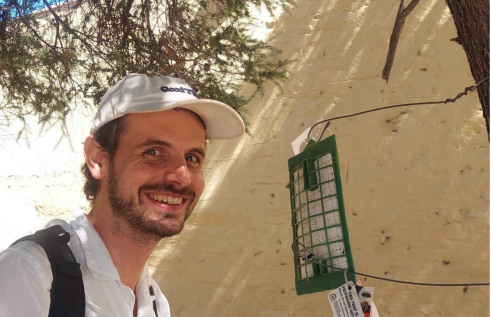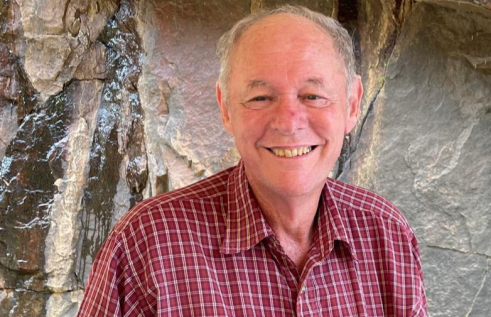CDU event
TERN it up
| Presenter | Prof. Lindsay Hutley | |
|---|---|---|
| Date |
|
|
| Time |
to
|
|
| Contact person | E: riel.outreach@cdu.edu.au | |
| Location | CDU Casuarina Campus Yellow 1.1.39 and online | |
| Open to | Public | |
The seminar is the second in a series on TERN and follows Dr Donna Lewis’s seminar last month on TERN Ecosystem Surveillance. This talk will focus on the TERN Ecosystem Processes (EP) facility, its goals, approaches and progress in delivering monitoring data on Australian ecosystems.
TERN EP is primarily tasked with managing infrastructure that provide data to quantify responses and resilience of Australian ecosystems to climate change, disturbance and land management. These data enable the assessment of fundamental processes controlling carbon and water budgets through to impacts on biodiversity. TERN EP works in conjunction with the Ecosystem Surveillance, Landscapes (remote sensing) and Data Services to develop tools for integration across scales and for upscaling site-level measurements.
RIEL currently manages 5 TERN EP sites across the north-south rainfall gradient in the NT, all in collaboration with the University of Western Australia. From this we have been investigating savanna carbon source-sink dynamics, impacts of fire, and water use efficiencies. What can we learn from long-term (20 years) measures of mass and energy exchange and local climate. Is this long enough to detect systematic change, and is there a response to climate change already?
Lindsay Hutley is a plant physiologist with expertise in plant ecology, ecophysiology, ecohydrology, land-atmosphere exchange and soil science. Lindsay completed his PhD in forest hydrology/botany at the University of Queensland. Lindsay held several post-doctoral fellowships at Charles Darwin University and is now an Associate Professor in the Research Institute for the Environment and Livelihoods. His recent work has focused on quantifying fluxes of carbon, water and energy balance from a range of ecosystems, including mangroves, temperate old-growth forests and Eucalypt-dominated tropical savanna ecosystems of north Australia.
Related Events

Boring beetles and super models: mapping the distribution of a new invader
The polyphagous shot-hole borer (PSHB) is a tiny beetle with a mouthful of a name, but it’s been making headlines as a new invasive species in Australia. PSHB was first detected in Perth three years ago and has since devastated trees across the city. There are concerns about what its further spread could mean for urban, agricultural and natural environments.
Read more about Boring beetles and super models: mapping the distribution of a new invader
Groundwater: Hidden wonder of the Northern Territory
The seminar ‘Groundwater: Hidden wonder of the Northern Territory’ will be presented in two parts. First, Steven will provide a basic explanation of what groundwater is and concepts of how groundwater systems operate. He will then give an NT-wide view of groundwater properties and processes.
Read more about Groundwater: Hidden wonder of the Northern Territory
Carbon and water adventures in north Australia
With climate change and increasing land use pressures there is more and more demand for knowledge of carbon dynamics and water use as well as water resource management. Lindsay’s research is focused on providing better understanding of the biophysical environment of tropical land and water systems.
Read more about Carbon and water adventures in north Australia
